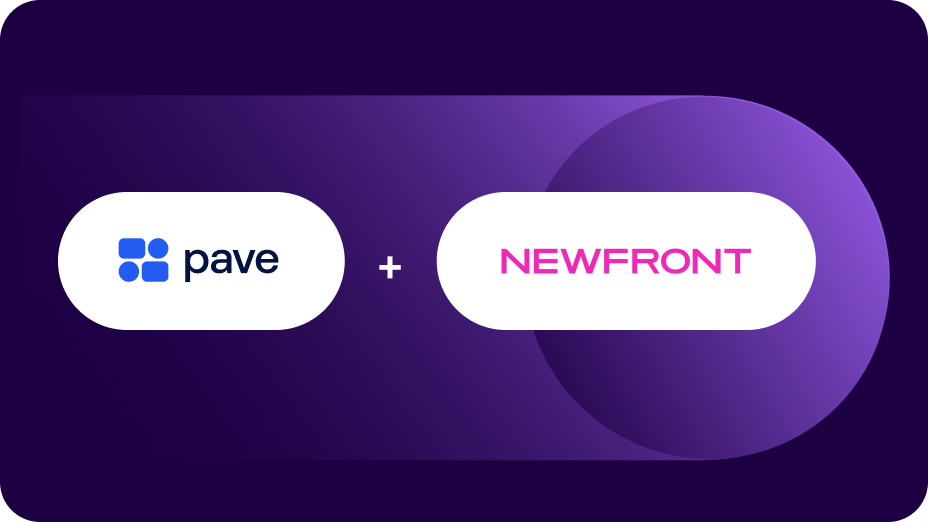2022 is off to an equitable start!
The New York City Council just passed a new law that requires employers to post salary ranges in job ads.
You can read the full bill here, but here’s the central text:
“It shall be an unlawful discriminatory practice for an employment agency, employer, employee or agent thereof to advertise a job, promotion or transfer opportunity without stating the minimum and maximum salary for such position in such advertisement.
In stating the minimum and maximum salary for a position, the range may extend from the lowest to the highest salary the employer in good faith believes at the time of the posting it would pay for the advertised job, promotion or transfer opportunity.”
We believe this law is among the first of many more milestones to come. The revolution for compensation transparency and fair pay is only scratching the surface. We’re thrilled to see more and more institutions recognize that when it comes to something as important to employees as their compensation, being opaque is a recipe for attrition.
As we discussed in our previous post, What should I be sharing with my employees? “Transparency is your best retention policy.”
Naturally, this new law may only be one city's push for more equitable hiring practices. But other progressive states like Colorado and California are already leading the charge with similar legislation. (Note: This particular law applies to New York City, not New York State.)
In fact, The Department of Labor’s Equal Pay Transparency Protections offers a helpful map with federal and state by state pay transparency protections for workers.
Read between the lines, and it’s only a matter of time before the rest of the nation catches up.
When it comes to financial institutions and issues, it may be true to say, “As goes New York, so goes the nation.” Or as Sinatra himself famously sang, “If I can make it there, I can make it anywhere.”
This new law could be the canary in the compensation transparency coal mine.
In which case, human resources and people operations teams are faced within several big questions about where they sit on the transparency spectrum:
- How much data do we share and who gets access to it?
- Are we leading the fair pay charge by being upfront about our salary ranges?
- How much top talent might we be missing by being opaque in job postings?
- If the law expressly states that salary transparency is required for our candidates, then don’t our employees deserve the same treatment?
Regardless of your company’s geography, the reality of the labor market is that your candidates’ expectation of compensation transparency and pay equity is not going away.
Talented people have all sorts of options. If you don’t present your company and the opportunity in the best way possible, one of your competitors is going to scoop them up.
2022 may have only just begun, and now is the time to use real time benchmarking data so you win in this highly competitive labor market. If you want to supercharge your compensation program, but without having to be an expert on comp, we can help.
Our compensation benchmarking tool is 100% free for all organizations who join. You can sign up here to join the 1,600 companies who already leverage our data to ensure you have a seamless pulse of the market.
Author of 53 Books. World Record Holder of Wearing Nametags. Busker in Brooklyn. Dogs > Cats.





.jpg)
.jpg)

